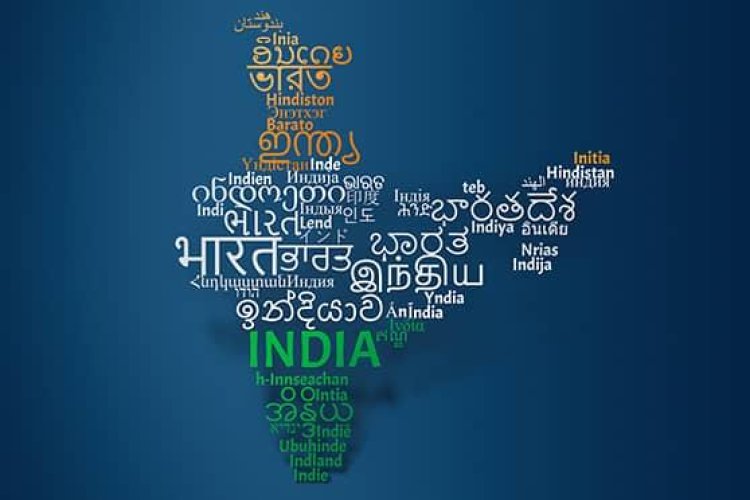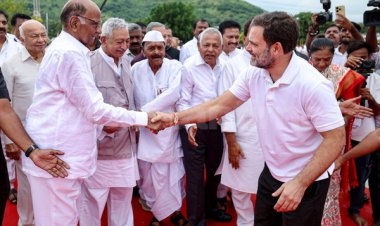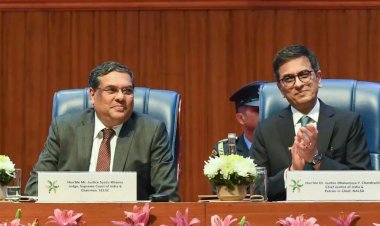What’s the Significance of Classical Languages in India? How Marathi Got Its Status? Criteria Explained.
The total number of recognized classical languages in India has now increased to 11. Previously, Tamil, Sanskrit, Telugu, Kannada, Malayalam, and Odia had already received classical language status.

The government has granted classical language status to Marathi, Pali, Prakrit, Assamese, and Bengali. This decision was made during a Union Cabinet meeting chaired by Prime Minister Shri Narendra Modi. The government aims to preserve India’s rich heritage by promoting these classical languages.
This move is expected to create employment opportunities in academic and research fields, particularly in the areas of preservation, documentation, translation, publishing, and digital media. To further promote classical languages, the government has established three Central universities for Sanskrit and the Central Institute of Classical Tamil, which facilitates the translation of ancient Tamil texts and promotes research and courses for university students.
Additionally, the government has set up Centres for Excellence for Studies in Classical Kannada, Telugu, Malayalam, and Odia under the auspices of the Central Institute of Indian Languages in Mysuru. Furthermore, national and international awards have been instituted to recognize achievements in the field of classical languages.
With the recent approval, the total number of recognized classical languages in India has increased to 11, including Tamil, Sanskrit, Telugu, Kannada, Malayalam, and Odia. The government's initiative to recognize classical languages began in 2004, with Tamil being the first language to receive this status. Subsequently, other languages such as Sanskrit, Telugu, Kannada, Malayalam, and Odia have also been accorded classical language status based on their historical and literary significance.
In a press release from 2005, the criteria for declaring a classical language were outlined as follows:
1. High Antiquity: The language must have ancient texts or recorded history that extends over 1,500-2,000 years.
2. Valuable Heritage: A significant body of ancient literature or texts that has been preserved and valued by generations of speakers.
3. Originality: The language must have a distinct and original literary tradition, not derived from another speech community.
4. Distinctness from Modern Forms: There should be a clear distinction between the classical language and its modern forms, with potential discontinuity between the ancient and later versions.
Once a language is declared classical, it receives several benefits aimed at promoting its study and preservation. These include:
- International Awards: Two major international awards are granted annually to scholars of eminence in Classical Indian Languages.
- Centre of Excellence: A Centre of Excellence for Studies in Classical Languages is established to support advanced research.
- Professional Chairs: The University Grants Commission (UGC) is requested to create Professional Chairs in central universities to support the study of these classical languages.
In 2013, the Maharashtra Government proposed classical language status for Marathi, which was forwarded to the LEC. The LEC recommended Marathi for classical language status. During inter-ministerial consultations on the draft note for cabinet in 2017 for conferring classical status to the Marathi language, the home ministry advised to revise the criteria and make it stricter. PMO vide its comment stated that the Ministry may conduct an exercise to find out how many other languages are likely to become eligible.
Similar proposals were received from Bihar, Assam, and West Bengal for conferring classical language status to Pali, Prakrit, Assamese, and Bengali. The LEC under the Sahitya Kala Akademi in a meeting in July revised the criteria for conferring classical language status. It included high antiquity of early texts/ recorded history over a period of 1,500-2,000 years, a body of ancient literature/texts, which is considered a heritage by generations of speakers, knowledge texts, especially prose texts in addition to poetry, epigraphical and inscriptional evidence, and the languages and literature could be distinct from its current form or could be discontinuous with later forms of its offshoots.















